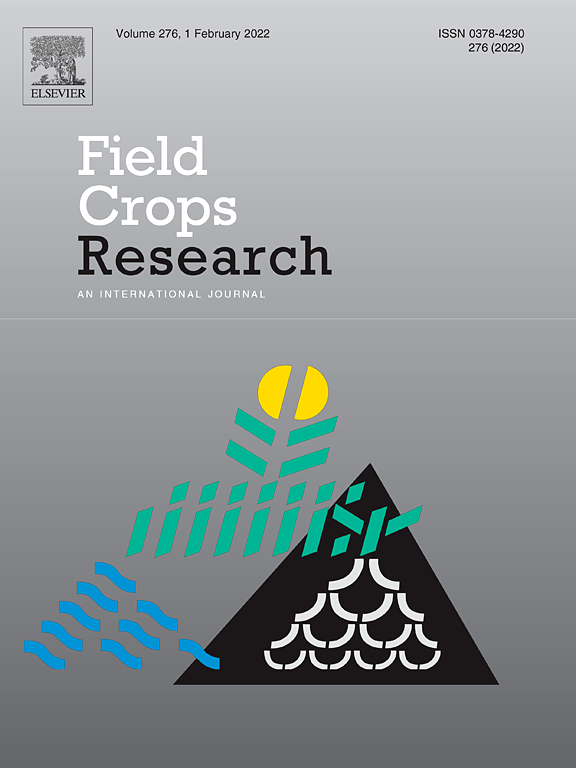Machine learning for regional crop yield forecasting in Europe
Abstract
Crop yield forecasting at national level relies on predictors aggregated from smaller spatial units to larger ones according to harvested crop areas. Such crop areas come from land cover maps or reported statistics, both of which can have errors and uncertainties. Sub-national or regional crop yield forecasting minimizes the propagation of these errors to some extent. In addition, regional forecasts provide added value and insights to stakeholders on regional differences within a country, which would otherwise compensate each other at national level. We propose a crop yield forecasting approach for multiple spatial levels based on regional crop yield forecasts from machine learning. Machine learning, with its data-driven approach, can leverage larger data sizes and capture nonlinear relationships between predictors and yield at regional level. We designed a generic machine learning workflow to demonstrate the benefits of regional crop yield forecasting in Europe. To evaluate the quality and usefulness of regional forecasts, we predicted crop yields for 35 case studies, including nine countries that are major producers of six crops (soft wheat, spring barley, sunflower, grain maize, sugar beets and potatoes). Machine learning models at regional level had lower normalized root mean squared errors (NRMSE) and uncertainty than a linear trend model, with Wilcoxon p-values of 3e-7 and 2e-7 for 60 days before harvest and end of season respectively. Similarly, regional machine learning forecasts aggregated to national level had lower NRMSEs than forecasts from an operational system in 18 out of 35 cases 60 days before harvest, with a Wilcoxon p-value of 0.95 indicating similar performance. Our models have room for improvement, especially during extreme years. Nevertheless, regional crop yield forecasts from machine learning and aggregated national forecasts provide a consistent forecasting method across spatial levels and insights from regional differences to support important policy decisions.
Download full text in pdf format
 Published as:
Published as:
D. Paudel,
H. Boogaard,
A. de Wit,
M. van der Velde,
M. Claverie,
L. Nisini,
S. Janssen,
S. Osinga,
I. N. Athanasiadis,
Machine learning for regional crop yield forecasting in Europe,
Field Crops Research, 276:108377,
2022, doi:10.1016/j.fcr.2021.108377.
You might also enjoy (View all publications)
- CY-Bench: A comprehensive benchmark dataset for sub-national crop yield forecasting
- Hybrid phenology modeling for predicting temperature effects on tree dormancy
- To measure or not: A cost-sensitive, selective measuring environment for agricultural management decisions with reinforcement learning
